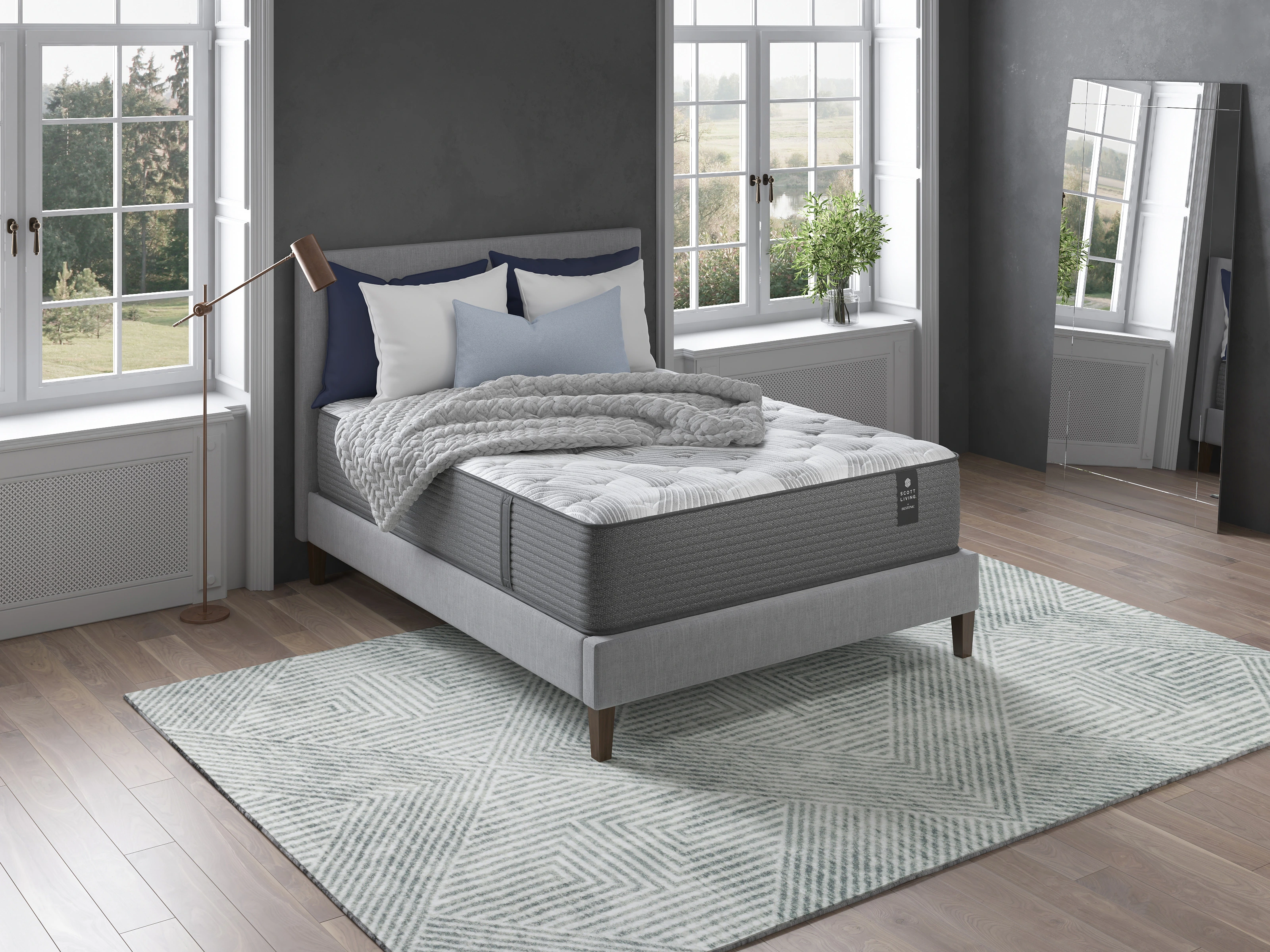All Categories
Featured
When it pertains to developing and furnishing your home, picking the best style of furniture is just one of one of the most essential choices. 2 popular choices are contemporary and typical furnishings styles. While they may share some resemblances, they differ in countless means, from design elements to materials and general appearances. Understanding the essential differences between these 2 designs can help you make an informed choice concerning what will ideal suit your home and individual taste.
Typical Furniture: Traditional furniture, on the various other hand, draws motivation from past historic durations, such as the 19th and 18th centuries. It features extra detailed and ornate information, with a concentrate on workmanship and timeless layouts. This style is frequently associated with a cozy and inviting visual, with furniture pieces showcasing attractive aspects like sculpted timber, abundant fabrics, and elegant coatings. Typical furnishings tends to have a much more formal appearance, and its design is rooted in history, often with intricate patterns, sophisticated contours, and antique finishes.
![]()
Standard Furniture: Traditional furniture is understood for utilizing rich, all-natural materials like strong wood, natural leather, and fabrics. The products in traditional furnishings are generally much more significant and developed to last for generations.
![]()
Standard Furniture: Standard furnishings, by contrast, frequently integrates richer, deeper shade tones. Patterns such as floral prints, damask, and red stripes are typical in typical furniture items, adding an element of style and appeal.
![]()
Traditional Furnishings: While standard furnishings likewise values comfort, the emphasis is more on creating a timeless and glamorous appeal. The items are frequently developed with longevity and craftsmanship in mind, indicating they often tend to be larger and extra significant. Comfort is focused on, especially in seating pieces such as sofas and chairs, however conventional furnishings does not always stress the adaptability or capability that is typical in contemporary pieces. The emphasis is much more on aesthetic charm and the richness of products and style.
Conventional Furnishings: Typical furnishings is finest fit for homes that accept a much more traditional, official style. While it can be mixed with modern elements, conventional furnishings has a tendency to dominate the room and is commonly the focal point.
Final thought. Ultimately, selecting between typical and modern furnishings boils down to your individual preferences and the total ambiance you wish to develop in your living area. Contemporary furniture provides streamlined, minimalist designs and capability, while standard furniture brings ageless sophistication, detailed craftsmanship, and a cozy, inviting feel. Whether you're drawn to the tidy lines of modern furnishings or the classic elegance of conventional pieces, both styles use unique advantages that can elevate your home's aesthetic. The trick is to balance your preferences with the specific requirements and area of your home to develop an unified, comfy living environment.
- Design and Aesthetic. Contemporary Furniture: Contemporary furniture is everything about tidy lines, minimal styles, and an emphasis on capability. The design is regularly evolving and has a tendency to incorporate existing patterns in style, usually blending various impacts. This style welcomes open spaces, geometric shapes, and sleek, smooth surfaces. Contemporary furnishings often tends to have an understated elegance, with much less focus on embellishment. Often, less is extra, with the style focusing on simpleness and functionality.
Typical Furniture: Traditional furniture, on the various other hand, draws motivation from past historic durations, such as the 19th and 18th centuries. It features extra detailed and ornate information, with a concentrate on workmanship and timeless layouts. This style is frequently associated with a cozy and inviting visual, with furniture pieces showcasing attractive aspects like sculpted timber, abundant fabrics, and elegant coatings. Typical furnishings tends to have a much more formal appearance, and its design is rooted in history, often with intricate patterns, sophisticated contours, and antique finishes.
- Materials and Finishes. Contemporary Furniture: In modern style, products tend to be extra contemporary and diverse. Furniture made from steel, glass, and plastics are commonly utilized, commonly combined with timber to develop streamlined and modern pieces. The coatings are usually more minimalistic and may include matte, glossy, and even reflective surface areas. The focus is on developing a stylish, contemporary appearance that fits seamlessly right into present living spaces. Furnishings may likewise include brand-new materials, such as shaped or acrylic plywood, which offer a cutting-edge charm.

Standard Furniture: Traditional furniture is understood for utilizing rich, all-natural materials like strong wood, natural leather, and fabrics. The products in traditional furnishings are generally much more significant and developed to last for generations.
- Shade Palettes. Contemporary Furniture: Contemporary furniture accepts neutral shade systems, such as shades of grey, white, black, and beige. Vibrant accents and stands out of shade are usually utilized to develop focal factors, either via throw cushions, artwork, or rugs.

Standard Furniture: Standard furnishings, by contrast, frequently integrates richer, deeper shade tones. Patterns such as floral prints, damask, and red stripes are typical in typical furniture items, adding an element of style and appeal.
- Functionality and Comfort. Contemporary Furniture: Performance is a crucial function of modern furniture. Contemporary furniture often features integrated storage options, multi-functional items, and ergonomic styles, making certain that both type and feature are well balanced.

Traditional Furnishings: While standard furnishings likewise values comfort, the emphasis is more on creating a timeless and glamorous appeal. The items are frequently developed with longevity and craftsmanship in mind, indicating they often tend to be larger and extra significant. Comfort is focused on, especially in seating pieces such as sofas and chairs, however conventional furnishings does not always stress the adaptability or capability that is typical in contemporary pieces. The emphasis is much more on aesthetic charm and the richness of products and style.
- Style Integration. Contemporary Furnishings: Contemporary furnishings works well in contemporary homes, particularly those with open-plan layouts. Its tidy, uncluttered layout is perfect for minimalist spaces or interiors that stress a more industrial, city, or Scandinavian appearance. Contemporary pieces can also blend seamlessly with various other design styles, such as mid-century modern-day, transitional, and even traditional, because of their functional and ever-evolving nature.
Conventional Furnishings: Typical furnishings is finest fit for homes that accept a much more traditional, official style. While it can be mixed with modern elements, conventional furnishings has a tendency to dominate the room and is commonly the focal point.
Final thought. Ultimately, selecting between typical and modern furnishings boils down to your individual preferences and the total ambiance you wish to develop in your living area. Contemporary furniture provides streamlined, minimalist designs and capability, while standard furniture brings ageless sophistication, detailed craftsmanship, and a cozy, inviting feel. Whether you're drawn to the tidy lines of modern furnishings or the classic elegance of conventional pieces, both styles use unique advantages that can elevate your home's aesthetic. The trick is to balance your preferences with the specific requirements and area of your home to develop an unified, comfy living environment.
Latest Posts
Reputable Industrial Roof Covering Services by Weathercraft
Published May 25, 25
1 min read
Uncover the Best Auto Repair Coupons in Montclare, Chicago
Published May 23, 25
1 min read
How to Know When Your Car Needs Skilled Car Repair at Montclare Auto Repair
Published May 23, 25
1 min read